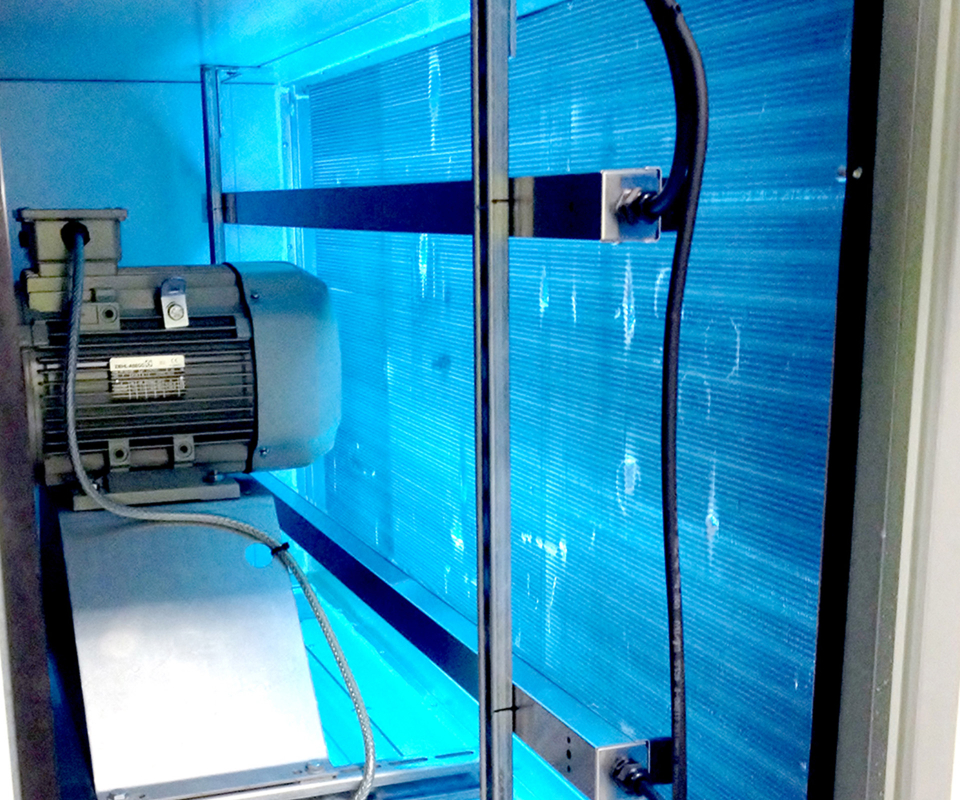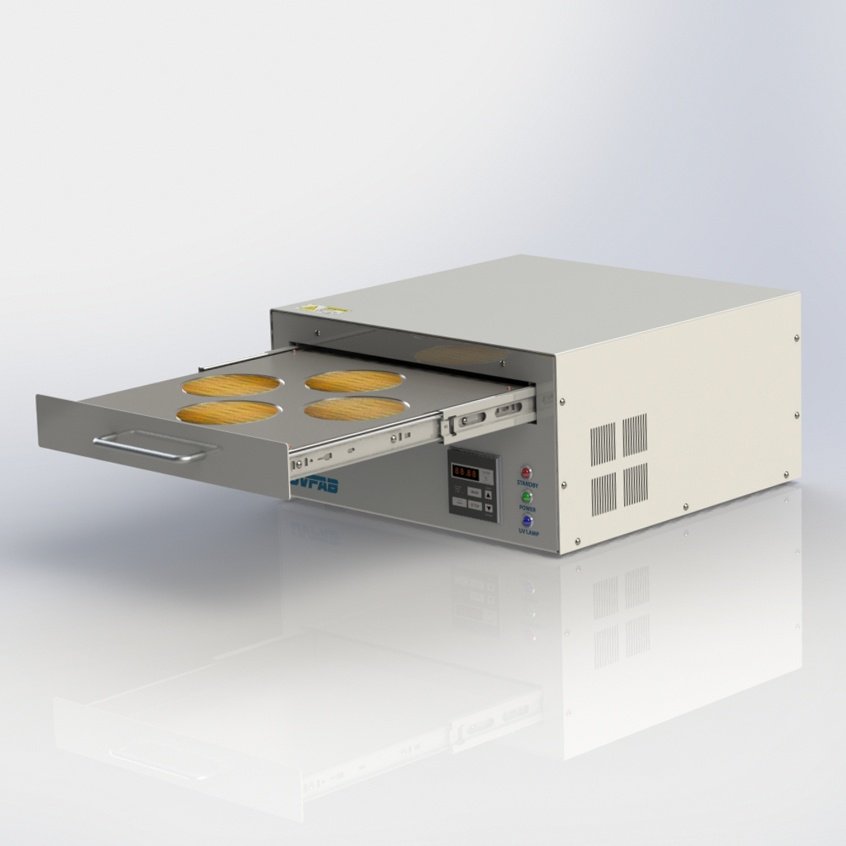

UVC radiation can only inactivate a virus if the virus is directly exposed to the radiation. Those surfaces need the most direct light to effectively and efficiently rid them of harmful, HAI-causing pathogens. UVC devices should be easily accessible to high-touch surface areas. In today’s healthcare environment – including hyper awareness of virus transmission risk – hospitals need to choose technologies that can be measured and are able to provide the data needed to show proof of UVC dosing and compliance.
#Uvc cleaning systems manual
This makes UVC disinfection safer than manual disinfection. Bleaches and other chemicals pose health risks and can damage surfaces and equipment. Many products used for manual disinfection contain harmful chemicals, but UVC disinfection is a chemical-free, non-toxic process. The best way to ensure the entire hospital gets disinfected properly is to combine manual cleaning methods with UVC disinfection.

While manual cleaning is the predominant method, research published in the American Journal of Infection Control shows that as many as 50% of surfaces remain contaminated with harmful pathogens, including MRSA, despite regular manual cleaning efforts. Manual cleaning is only one layer of infection prevention. There is an obvious need for more consistent and effective tools to reduce harmful pathogens. Beyond that, the cleaning agents used are not able to kill certain resistant organisms. The thoroughness of cleaning can never be 100% consistent given human error so there’s a chance that hospital rooms won’t be cleaned effectively every time. Manual Cleaning Is Not Enough to Protect Patients This can permit organizations to generate greater revenue through increased patient turnaround and surgical procedures. As an adjunct to manual cleaning, it’s crucial to have a system that will deliver the right dose in the fastest treatment time. UVC Disinfection Can Help Speed Patient Room Turnaround Timeĭisinfection takes time, but deploying the right UVC system can speed up the process by reducing harmful pathogens in a shorter time frame, which allows for room turnover to happen at a faster rate. When bundled with manual cleaning and disinfection protocols, the technology significantly reduces patient exposure to HAIs. UVC radiation has effectively been used for decades to reduce the spread of bacteria and harmful pathogens. UVC technology deploys UV light to penetrate the cell walls of spores, bacteria and viruses and renders these harmful pathogens unable to reproduce and spread after treatment with UVC energy.

According to the FDA, UVC radiation is a known disinfectant for air and nonporous surfaces. Ultraviolet-C (UVC) disinfection is one type of no-touch technology shown to be a successful adjunct to manual cleaning. She put in contact with Keith who covers the San Diego area to assist me in which Sanuvox product would be best for our unique situation and needs.3 Reasons Why Your Hospital Needs UVC Disinfection It was a very stressful time for us especially as newly-weds.Īna recommended a Sanuvox air purification system. I also mentioned to her the VOC problem we were having at the house and how it was affecting my body. She came out and tested the house for mold. I contacted Ana (from Precision Mold Testing), who was a referral from a doctor. I recently got married and was not able to move in with my husband due to VOC's issues with the house. I have health issues and along with my problem comes chemical and mold sensitivity.


 0 kommentar(er)
0 kommentar(er)
